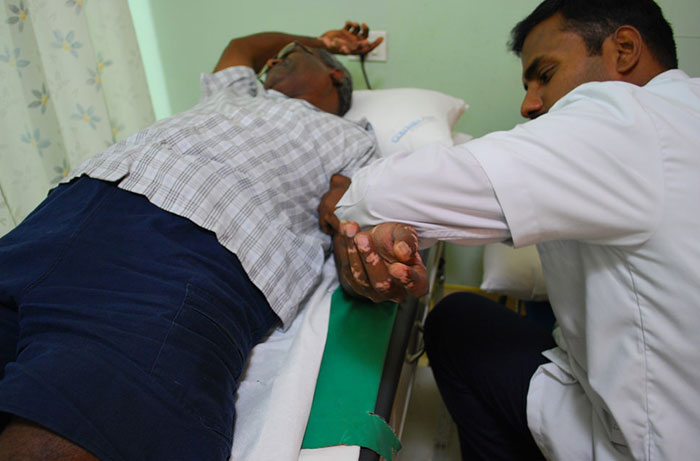


Physical therapy is the best form of treatment you could go for when there are problems of chronic pain, pain due to injuries or rehabilitation after surgery. This form of treatment works on making the muscles stronger and more flexible and is very effective in reducing various types of pain.
Usually, a doctor will recommend physical therapy and though you might baulk at the thought of putting yourself through more pain during physical therapy, do remember that physiotherapists are trained professionals who know their muscles and nerves very well. They are trained to not only treat your pain, but also its source.
Though it may be challenging to move the body parts that hurt you and may leave you feeling sore and disgruntled, keep in mind that your physiotherapist has a specific plan for you; stretching, exercising or deep tissue massaging these areas may be tough, but they will result in strengthening your weak, stressed-out or stiff muscles…..This is when you remember your dad saying ‘no pain, no gain’!
Each person’s body is different and reacts differently to therapy. You might be asked to do a mix of low-impact aerobic training, strengthening exercises, stretching as well as pain-relief exercises designed for your specific needs. During the sessions, the physiotherapist may also use ice packs to calm down inflammation or heating pads to warm up your muscles for better movement and generally help with pain management.
You might be given a massage too, and though it might not feel too relaxing in the initial sessions, remember you are in the hands of a trained professional who knows exactly how to make it helpful and safe for you. Physical therapy doesn’t work like a pain-blocking tablet where you get relief within 30 minutes; instead, it’s a persistent therapy that over time takes care of your pain right from its root levels.
Your physiotherapist may also put you through ultrasound or transcutaneous electrical nerve stimulations (TENS), depending on your particular needs. Both methods can be used to block pain. While ultrasound sends sound waves to the painful area, TENS is used to send low-voltage electrical stimulation over the skin where it pains. Massages and other pain-blocking therapies are essential as strengthening exercises can only become practical once the pain has become a little bearable.